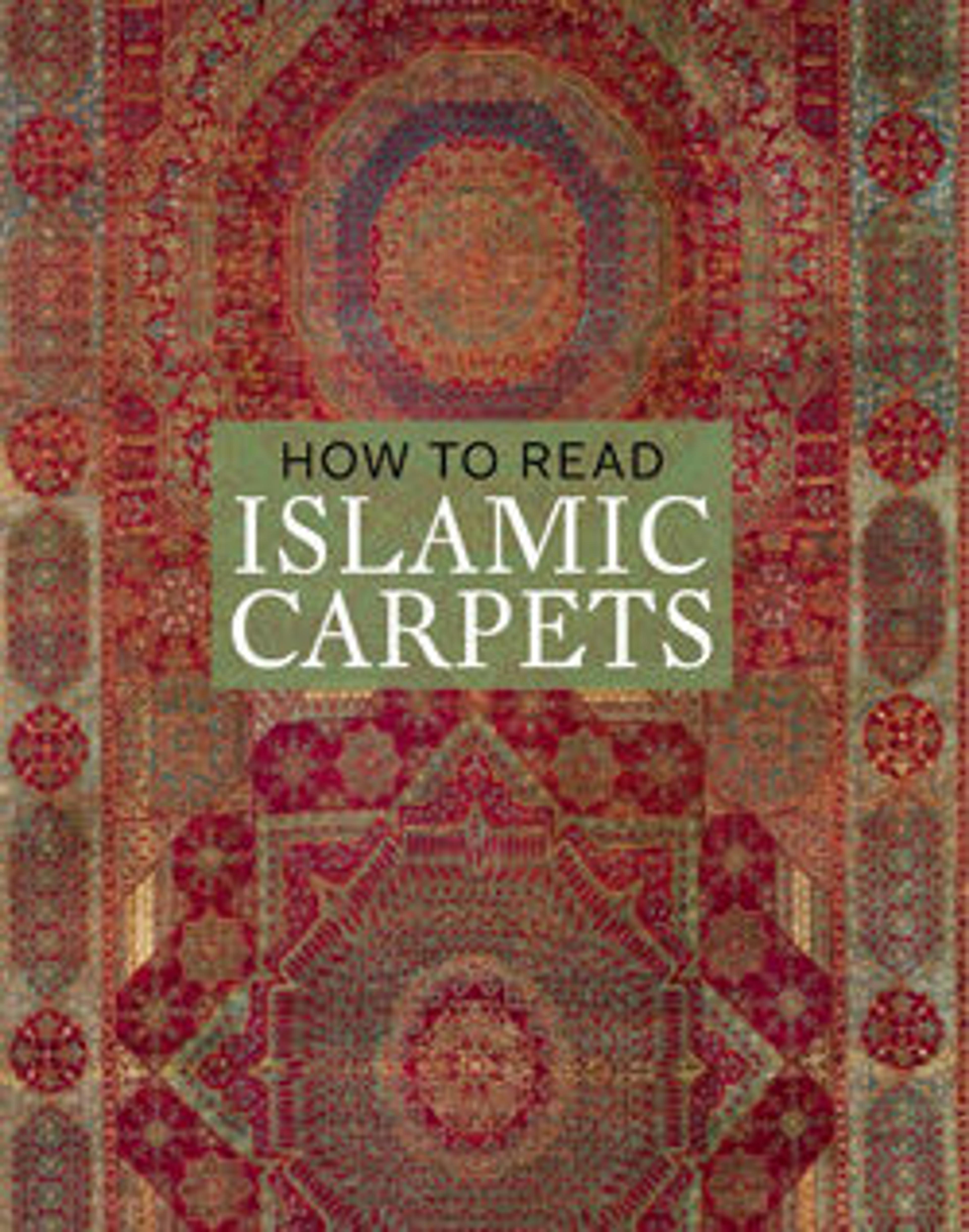Prayer Rug with Niche Design
Prayer rugs or "seccade" carpets were among the most popular rugs woven in Anatolia. Common features are the characteristic niche design evoking the mihrab or prayer niche and the smaller size that makes such carpets suitable for individual use. Departing from classical Ottoman court carpets, distinct designs and styles were created over time in villages and smaller towns of Anatolia, explaining the existence of a variety of types. This example from Mücür in central Anatolia was woven upside down, a process in which the weaver first produced the more complicated part of the rug pattern such as the frieze atop the niche with facing arrows that alternate with stylized palmette-like motifs. Further characteristics are the regularity of the almost symmetrical design based on the repetition of geometrized medallion cartouches that derive from floral compositions that are repeated in the border. The choice to apply different tones for small units of motifs, renders this carpet colorful and vibrant, similar to a mosaic floor. The shape of the niche with a staggered arch recalling a stairway suggest the design of muqarnas prayer niches that were so popular in Seljuq and Ottoman mosques and other places for prayer. A slender tree of life woven in vivid green even though its foliage is sparse, clearly stands out from the deep red ground. The gate of paradise and symbols of immortality can be associated with the design of this rug.
Artwork Details
- Title: Prayer Rug with Niche Design
- Date: 19th century
- Geography: Made in Turkey, Mücür
- Medium: Wool (warp, weft, and pile); symmetrically knotted pile
- Dimensions: H. 65 in.. (165.1 cm)
W. 50 in. (127 cm) - Classification: Textiles-Rugs
- Credit Line: The James F. Ballard Collection, Gift of James F. Ballard, 1922
- Object Number: 22.100.22
- Curatorial Department: Islamic Art
More Artwork
Research Resources
The Met provides unparalleled resources for research and welcomes an international community of students and scholars. The Met's Open Access API is where creators and researchers can connect to the The Met collection. Open Access data and public domain images are available for unrestricted commercial and noncommercial use without permission or fee.
To request images under copyright and other restrictions, please use this Image Request form.
Feedback
We continue to research and examine historical and cultural context for objects in The Met collection. If you have comments or questions about this object record, please complete and submit this form. The Museum looks forward to receiving your comments.
